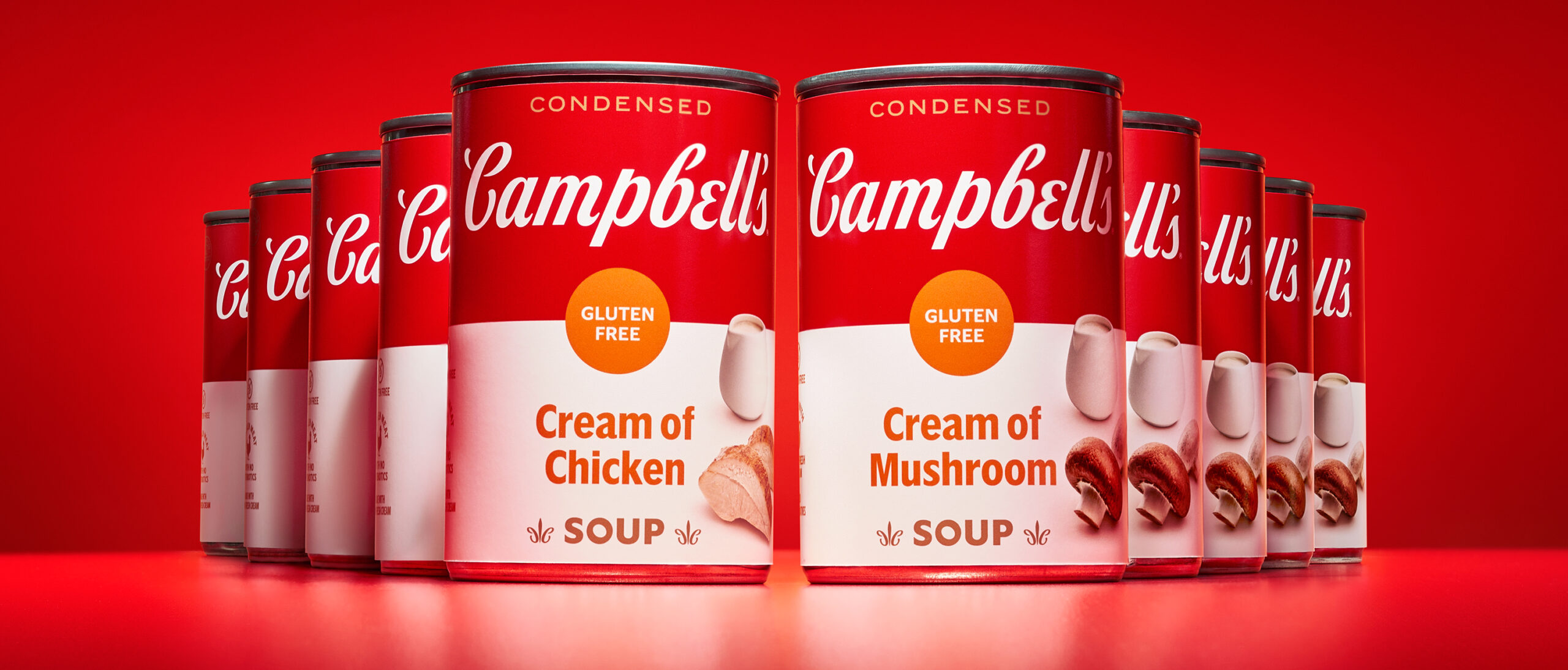Companies Ramp Up Rebranding Efforts

By Mark Seavy
Rebranding is becoming a core tenet of corporate strategies in response to an ever-evolving market.
The revamping of a brand could be triggered by a change in management, a broadening of product offerings, or in a bid to attract younger consumers by changing a corporate logo.
Apple Inc. dropped “Computer” from its name in 2007 as it expanded its product offerings to include smartphones. Starbucks, meanwhile, removed “Coffee” from its name in 2011 as it expanded beyond roasted coffee beans (the twin-tailed siren logo now stands alone to represent its business). Then there was Dunkin, which was renamed from Dunkin Donuts and Dunkin Brands as its menu moved beyond just coffee and donuts.
But this year rebranding has found favor with a new range of companies.
Campbell’s, for example, dropped “Soup” from the corporate name in an acknowledgement that snack foods (including the Pepperidge Farm, Snyder’s of Hanover, Lance, Cape Cod, and Kettle brands) have become a larger focus of its business. Snack foods accounted for $4.64 billion in fiscal 2023, making up 50% of total sales. Soup, in contrast, accounted for 30% of total revenue ($2.74 billion) during the same period. And the Campbell’s brand has largely been deployed for licensing without “Soup.”
“This subtle yet important change retains the company’s iconic name recognition, reputation, and equity built over 155 years while better reflecting the full breadth of the company’s portfolio,” Campbell’s CEO Mark Clouse said.
The same could be said for Vera Bradley, which is in the midst of Project Restoration, an effort designed to restore “brand relevancy” with promotions like a recent limited edition collection at Urban Outfitters, said CEO Jackie Ardrey. The company also launched sales of Disney-branded cross body bags, duffel bags, and backpacks through its outlet stores and enlisted actress Zooey Deschanel as a brand ambassador. The campaign is targeting 35- to 54-year-old women.
“We are confident in the direction we are taking the business and remain committed to [Project Restoration’s] key areas of focus,” Ardrey said. “First, we are restoring Vera Bradley’s brand relevancy, strategically marketing our distinctive and unique position as a feminine, fashionable brand that connects with consumers on a deep emotional level.”
Burberry, meanwhile, is banking on nostalgia as it evolves its brand. The company hired a new CEO and CMO to support Creative Director Daniel Lee, who signed on in 2022. Burberry recently unveiled new collections with this evolution in mind, including pieces that transformed the brand’s signature trench coat into a cape, jacket, and tie-neck blouse. It also showed a range of women’s footwear (mules and clogs).
Burberry’s new design plan also included an update to the brand’s equestrian knight logo, which was created in 1901 but discontinued in 2018 under then CEO Riccardo Tisci, who swapped it for a “TB” monogram for founder Thomas Burberry.
“With underperforming brands, it is frequently internal mismanagement rather than external factors at play,” said Daniel Langer, CEO of the consulting firm Équité, in a recent op-ed for Jing Daily. “Client experience and brand storytelling are often neglected. Generation Z does not resonate with many brands’ outdated, product-focused approaches. True storytelling is about authenticity and clarity—it’s about standing for something tangible, rooted in core values. It’s about consistently communicating those values across all touchpoints to create desire. Many brands sometimes lose sight of this.”




